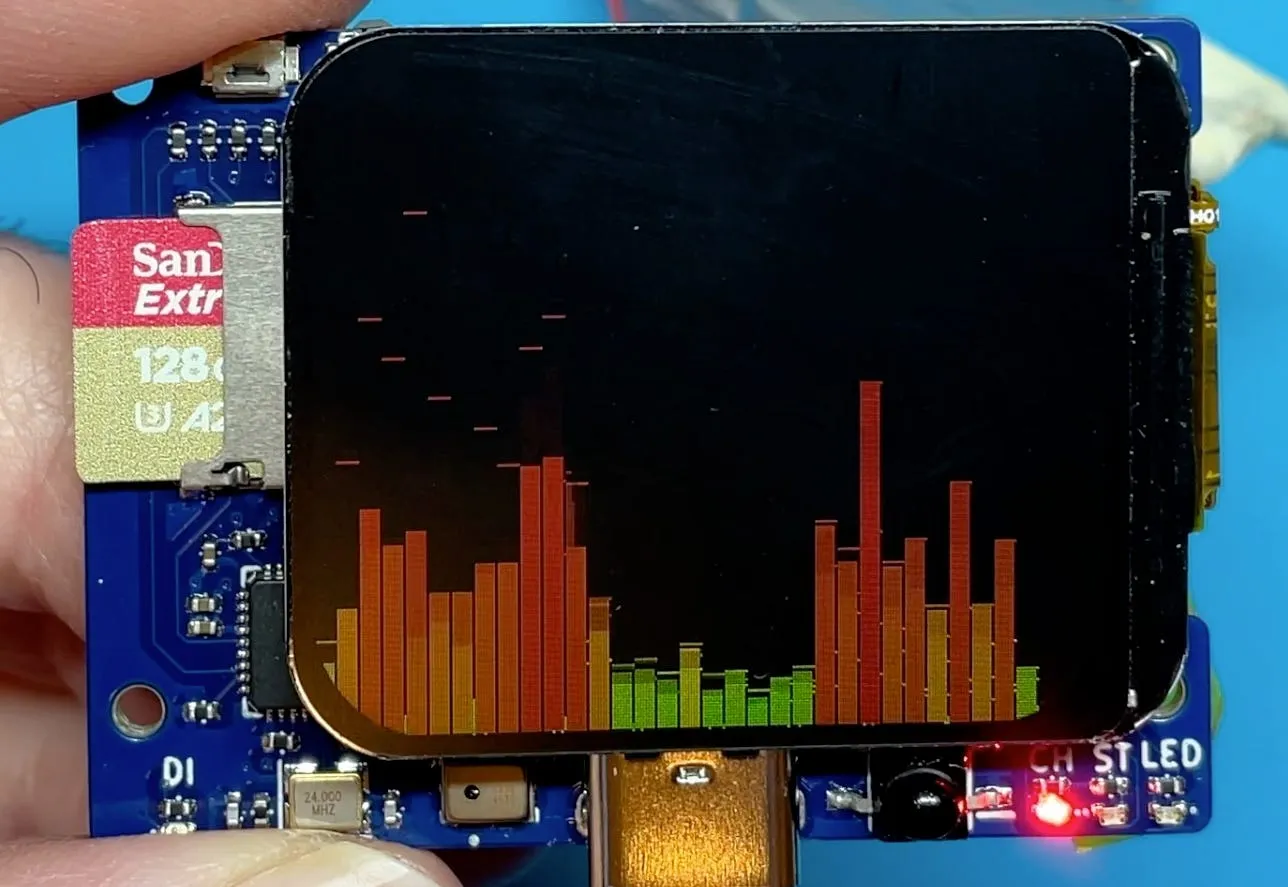read
Want to keep up to date with the latest posts and videos? Subscribe to the newsletter
HELP SUPPORT MY WORK: If you're feeling flush then please stop by Patreon Or you can make a one off donation via ko-fi
I’ve finished testing the boards - and this may be the first time I haven’t had to add any bodge wires!
Fixed in this version:
- USB2244 and ESP32 USB conflict. We’ve added a MOSFET to keep the USB2244 reset line low so it doesn’t try and grab the USB data lines.
- Battery charging. I’ve fixed the slightly silly error where the USB 5V was being sent straight to the battery.
Check out the previous video for details on this:
New additions to the board:
We now have a microphone!

Not sure what we’ll do with this yet - but it opens up some fun projects!